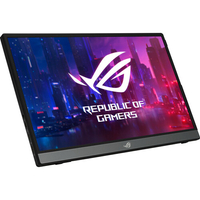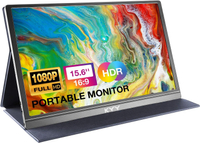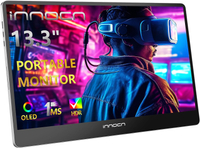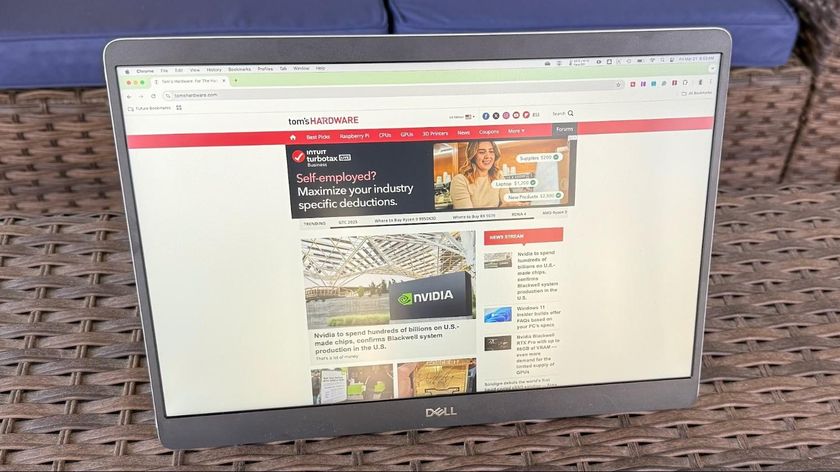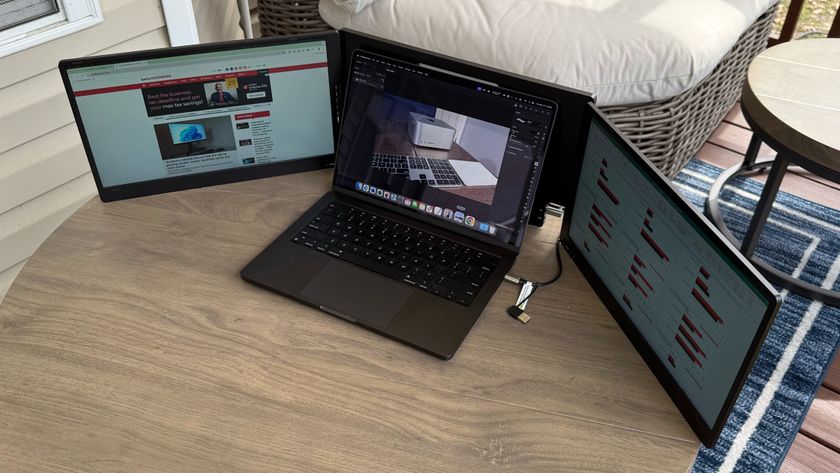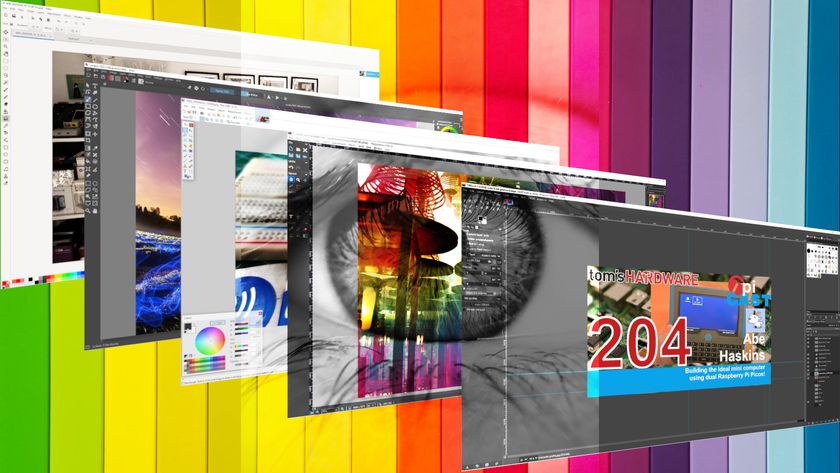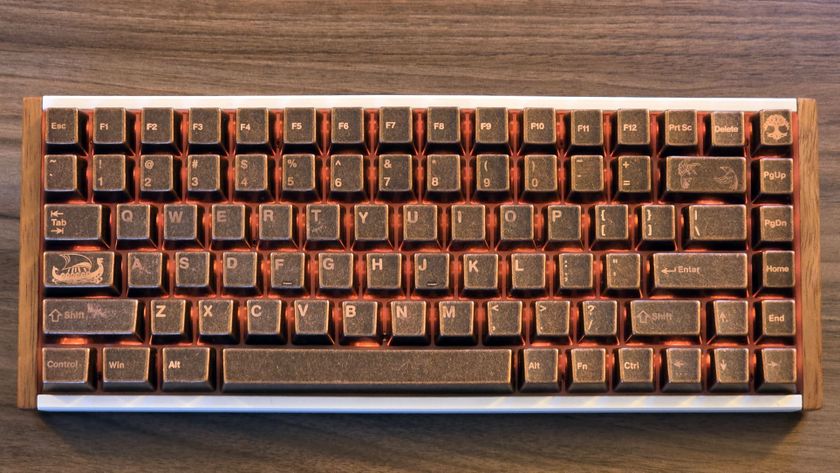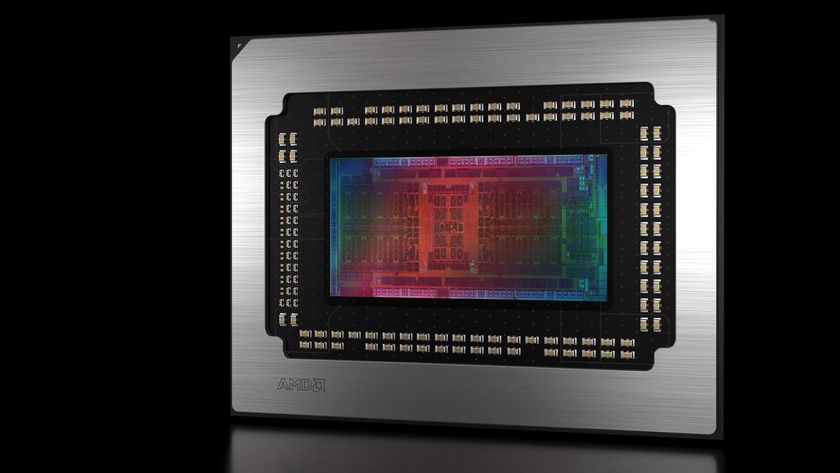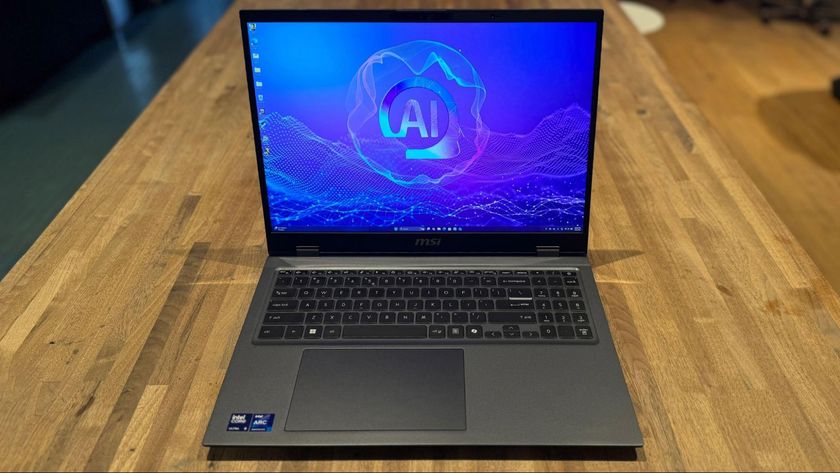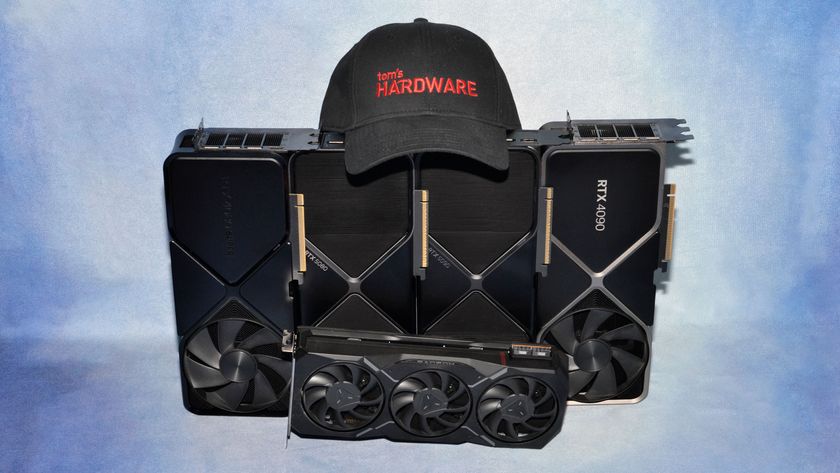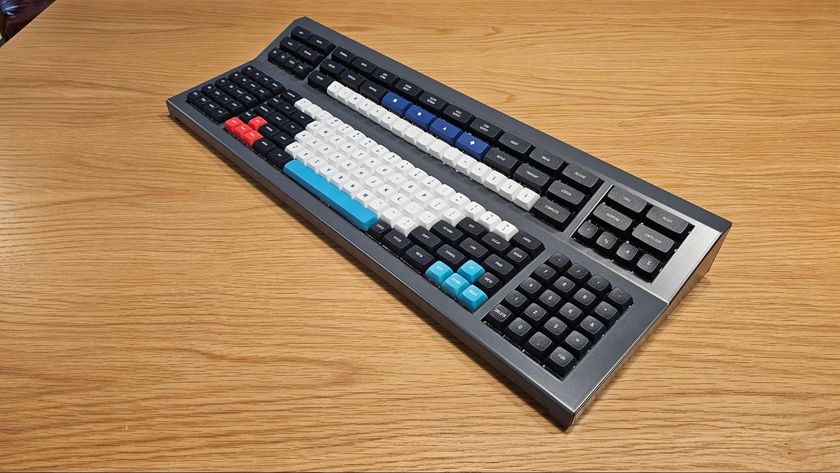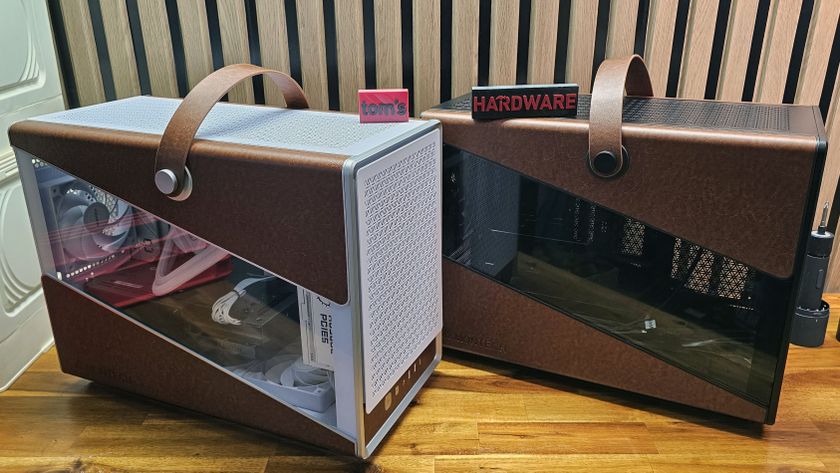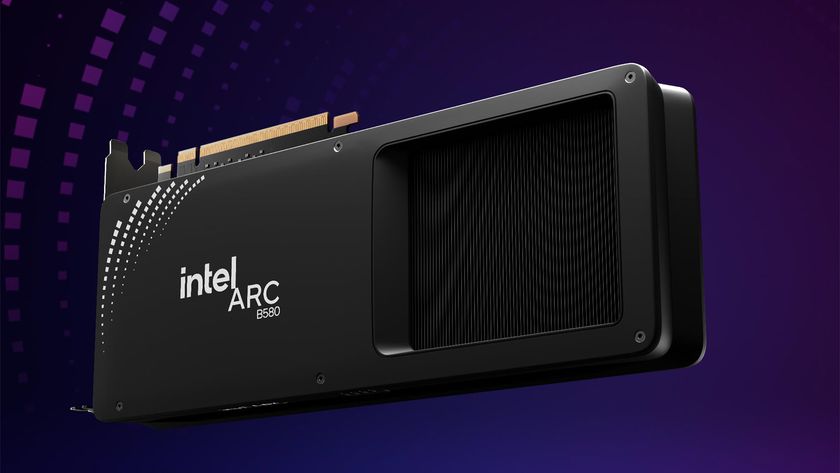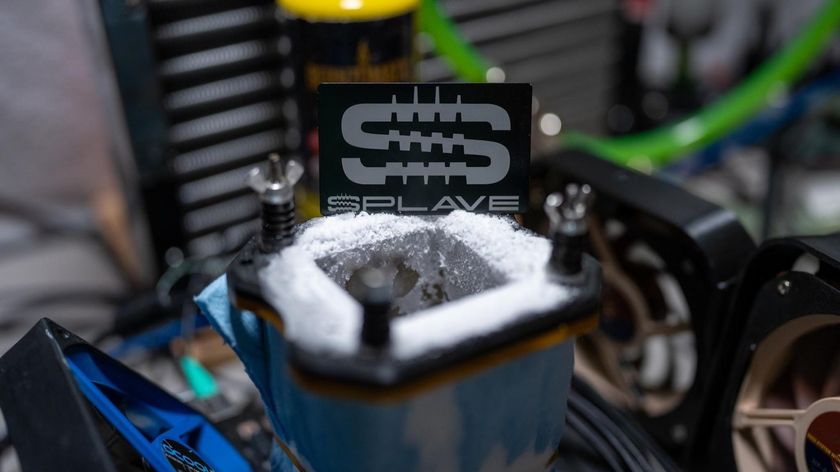Why You Should Buy a Portable Monitor During Black Friday
Now’s a good time to get a portable monitor to boost your productivity
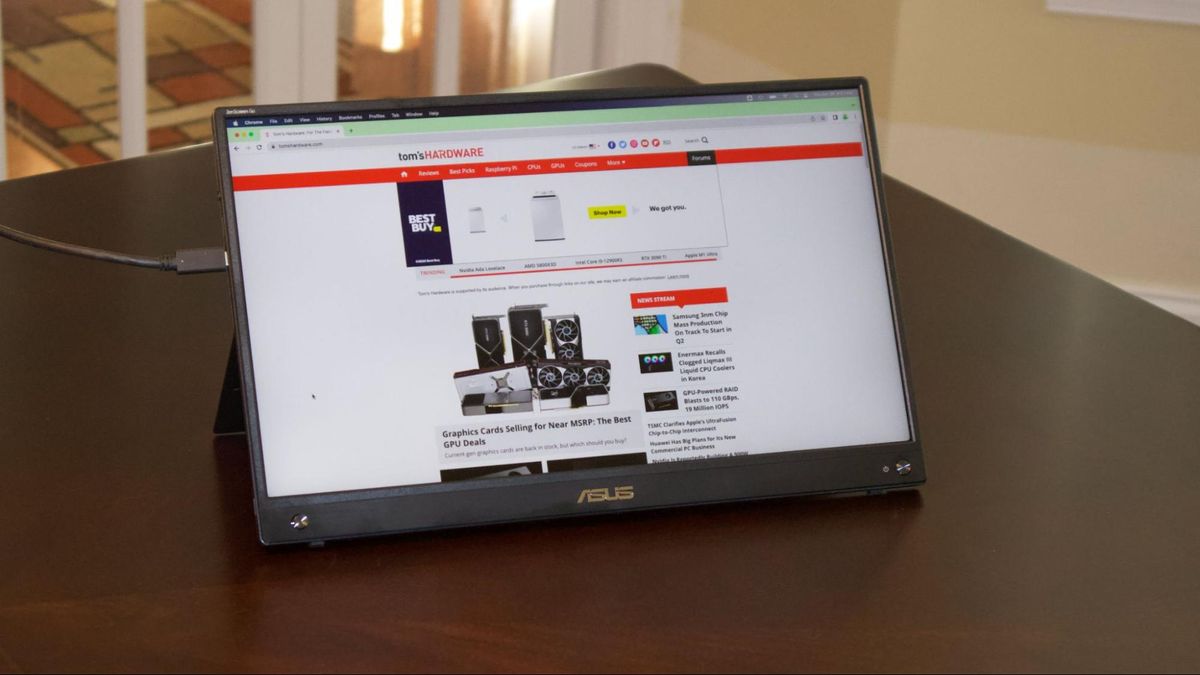
When it comes to display shopping, the best gaming monitors and best computer monitors for your desktop typically get the most attention. After all, many people want a reasonably large workspace for gaming and productivity needs, with 32 to 34 inches being the sweet spot. However, there are times when a much smaller monitor can benefit people, particularly laptop users who are always on the go. And with Black Friday deals appearing, now is the time to look out for great deals on portable monitors.
Why Choose a Portable Monitor?
Portable monitors make a lot of sense for people with laptops who want more screen real estate than their built-in display can offer. 15.6 inches is the most popular screen size for laptops, and it can be tempting to double that by adding a similarly-sized portable monitor.
Your laptop’s built-in display can serve as a primary focal point for your oft-used apps like a web browser, word processor, or photo editor. You could then use a portable monitor to extend your workspace for, perhaps, spreadsheets, messaging apps, or even a full-screen movie while you work. It’s also great for keeping reference material such as that PDF or website you need to read while writing your document.
Of course, using a portable monitor with your laptop is only feasible if you’re sitting at a desk. Adding a secondary monitor is not lap-friendly unless you opt for something like the SideTrak Swivel.
However, portable monitors are not only beneficial to laptop users. Raspberry Pi makers often use portable monitors for their projects due to their compact dimensions and miserly power requirements. Likewise, desktop PC (or Mac) users can also take advantage of portable monitors. For example, my primary machine is a laptop that I connect to a Thunderbolt 3 dock on my desk. Two 27-inch 4K monitors are attached to the dock for my daily work duties. But I also have an Intel NUC hooked up to a 15.6-inch 1080p portable monitor due to its small footprint and single-cable connection.
In addition, given how thin and lightweight portable monitors are (typically less than 2 pounds), they can easily fit into a medium-sized laptop bag for travel.
Connectivity Options with Portable Monitors
Most portable monitors offer two ways to connect to a PC or Mac: HDMI and USB-C. Due to the smaller size of portable monitors, the HDMI port is provided in Mini or Micro flavors. A second display connection option is via USB-C (most portable monitors offer two USB-C ports). DisplayPort Alt-Mode over USB-C allows a portable monitor to connect to a computer using a single cable for data and power (which isn’t possible with HDMI). However, your device must support it as most recent laptops do, but Raspberry Pi does not.
Stay On the Cutting Edge: Get the Tom's Hardware Newsletter
Get Tom's Hardware's best news and in-depth reviews, straight to your inbox.
Wi-Fi is another less common method for linking up a portable monitor with your laptop. For example, the Asus ZenScreen Go MB16AWP is a 15.6-inch monitor with an integrated Wi-Fi radio and a built-in battery. It supports Apple AirPlay and Miracast, allowing you to mirror content to the monitor without any necessary cables (if the battery is charged).
Great Portable Monitor Deals Right Now
These are some of the best prices we’re seeing on portable monitors right now.
ASUS ROG Strix XG16AHPE 15.6-inch 1080p 144Hz Portable Monitor: now $269 at B&H Photo (was $349)
The Asus ROG Strix XG16AHPE is a jack of all trades regarding portable monitors. It has a fast 144Hz refresh rate and 1080p resolution, and it also incorporates a built-in 7,800 mAh battery.
KYY 15.6-inch 1080p 60Hz Portable Monitor: now $74.98 at Amazon (was $219.99)
KYY's 15.6-inch portable monitor represents an amazing value, as it gives you a nice 60Hz IPS panel with a Full HD (1920 x 1080) resolution. Best of all, it can be had for around $75 for Black Friday after a $25 instant coupon.
INNOCN 13.3-inch OLED Portable Monitor: now $99 at Amazon(was $199)
This lightweight, portable monitor has a vibrant, glossy OLED screen that promises 400 nits of brightness and 100 percent coverage of the DCI-P3 color gamut. Click the coupon button to get it at this price.
What Features to Look for in a Portable Monitor
- Screen Size: There is a wide variety of portable monitors on the market, although not nearly as vast as what’s available on the desktop. Still, you can find monitors ranging in size from 12 to 17.3 inches, with several stops in between (13.3, 14, 15.6, and 16 inches). The most popular option for portable monitors seems to be 15.6 inches, which makes sense given the popularity of 15.6-inch laptops. However, 13 and 14-inch models are more portable.
- Resolution: The options aren’t so diverse when it comes to resolution, as you’ll typically find just 1920 x 1080 (Full HD), 2560 x 1440 (QHD), and 3840 x 2160 (4K). Regarding bang for the buck, the sweet spot for portable monitors is 15.6 inches with a Full HD resolution. Most portable monitors feature a 60 Hz refresh rate, although some high-end gaming options have 144 Hz and even 300 Hz panels for gamers looking for that extra edge.
- Panel type: OLED or IPS? Another thing to consider is the type of panel used for the portable monitor you select. Most portable monitors feature IPS panels, which provide good color, viewing angles, and brightness. However, they can be lacking with regard to contrast. The other option, which comes at a price premium, is OLED.
OLED panels provide rich colors and unmatched contrast to deliver inky blacks. However, they often can’t get as bright as IPS panels and cost more. If you don’t mind spending a bit more on your portable monitor, it’s hard to say no to the beauty of an OLED panel.
- Speakers? Some, but not all, portable monitors feature integrated speakers. However, remember that due to space constraints, they are typically of poor quality and won’t sound any better than the speakers on your laptop.
- Stand Type: Finally, and this is a big one, pay attention to the type of stand the portable monitor you select uses. This can make or break the user experience for you. I vastly prefer products that have an integrated, hinged kickstand. This makes adjusting the screen angle easy and is the sturdiest option.
Some monitors use a magnetic kickstand that attaches to the back of the monitor. The only downside is that it’s yet another component that can get lost while traveling. The last type is folio/case stand. While these appendages can protect the screen when you are traveling, converting them into stand mode often leaves users with an unstable stand mechanism with limited adjustability for the screen angle.
Happy Hunting
Armed with the above information, we hope you can find a portable monitor that best suits your usage case, be it to expand your laptop’s screen real estate while working in a hotel or as a permanent fixture on your desk in your home office.
Brandon Hill is a senior editor at Tom's Hardware. He has written about PC and Mac tech since the late 1990s with bylines at AnandTech, DailyTech, and Hot Hardware. When he is not consuming copious amounts of tech news, he can be found enjoying the NC mountains or the beach with his wife and two sons.
-
Dementoss Why I Shouldn't Buy a Portable Monitor During Black Friday.Reply
Because I don't need or want one... -
ThomasKinsley About three months ago I was lugging a 23'' monitor back and forth doing double-duty for two PCs (getting a new build working). Although my use-case is probably the most obvious for a portable monitor, I'd rather lug the 23'' than have another device I'd probably use two times a year and forget to otherwise charge.Reply -
Sleepy_Hollowed Those are not bad prices, and they're good devices for those that work on the go a lot.Reply
I'd rather have two monitors than two devices provides that's what's needed. -
Blackink Reply
Once you start using two monitors after using one, you'll never go back to using one monitor!Sleepy_Hollowed said:Those are not bad prices, and they're good devices for those that work on the go a lot.
I'd rather have two monitors than two devices provides that's what's needed. -
singemagique Reply
So true. I have used a dual monitor setup for more than 10 years now, both at work and home.Blackink said:Once you start using two monitors after using one, you'll never go back to using one monitor! -
Blackink Reply
And most businesses I go to like physical therapy, Dr's. office, etc....most of them are using two monitors at the check in desks.singemagique said:So true. I have used a dual monitor setup for more than 10 years now, both at work and home.
